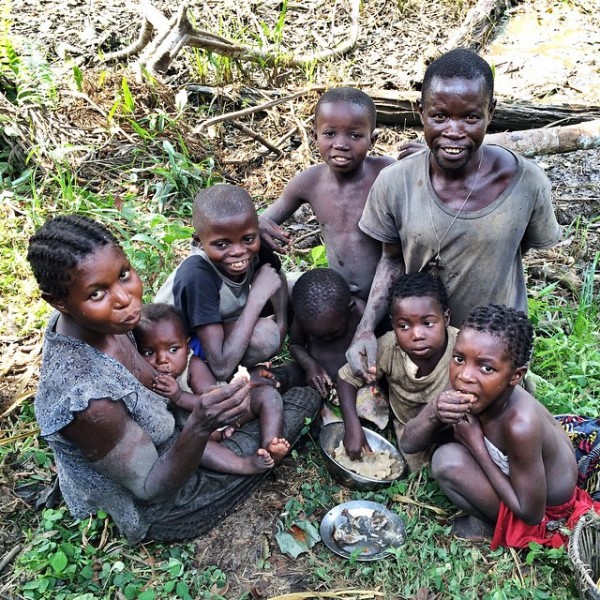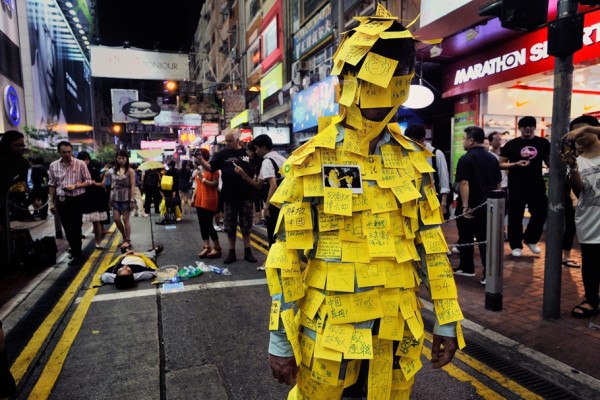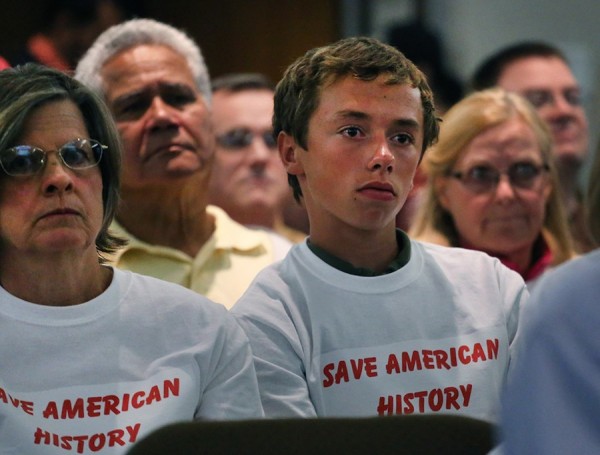Notes
Media-Wise, Could Everyday Africa Change Everything?
If Everyday Africa and the rest of the “Everyday” sites can maintain their momentum, a revolution is coming to photojournalism and visual news. I say that insofar as Western news publications and the newswires continue to propagate an unconscious and inescapably ethnocentric and stereotyped view of the non-white, non-Western world.
If you’re not familiar with Everyday Africa and the group of related sites that form a loose, if independent network, here is general backstory; an interview with the founders on how things got started; and also a new post from PDN about where (else) it’s going. Beyond that, you should know that Everyday Africa — a site on Instagram that posts several pictures daily from a group of contributors on the continent — is dedicated to challenging stereotypes and presenting a more organic sense of “everyday” life across Africa. Oh, and did I mention that the 100k+ followers they have only represent a fraction of the moral and perceptual leverage they bring in a challenge to “the Western gaze?”
A typical review, one focused on the remarkably self-reflective and self-assured imagery you see at EA, would offer you a sampling of images cultivating a spectrum of life from the exquisitely life-affirming to the exquisitely mundane. It would offer photos of kids posing upside-down in Accra, or staff members at a school at a research institute in Tafo, Ghana; or passengers inside a city bus in Dakar; or a canoe taking passengers across the White Volta River; or people packed in and on top of a bus en route to Sarajevo from Lagos. I could do that, but it wouldn’t capture the unsparing mission of the site to confront head on, in the most honest and unpretentious way, the pervasively stereotypical representations of Africa.
It’s for this reason the photo above stood out, both for the Western reflex to read poverty and primitivism into it, and for what played out in the comment thread. Appearing in the feed two-and-a-half weeks ago, the description read:
In a small valley, protected from the searing midday sun by hills and trees, a family enjoys a lunch of fufu and fish. Bandundu province, Democratic Republic of Congo, July 13, 2014. Photo by Jana Ašenbrennerová @asenbrennerova #drc #drcongo #asenbrennerova
8.34 pm 9/22/2014
DR Congo
As much as an “Everyday Africa” photo is a window on a lifestyle, a routine, an event or just a slice of life, it is also a mirror. If EA requires us to recognizing the scene on its own “everyday” terms, on another level, the photo also calls out its stereotypes. In a case like the photo above, it also makes us uncomfortably aware of the difference. With this dynamic in mind, the comment threat that accompanied this Congo photo reflects how the premise of Everyday works. At first, the readers embrace the photo in an unselfconscious way, then biases and preconceptions start to come out which get in the way of seeing the photo as just “everyday,” which the readers eventually sort out.
At first, there is a stream of comments or hashtags that indicate pride and respect, including:
#family
“Me and Sami in a few years”
gotta love when the whole fam doesn’t give it a second glance!
The one lil guy is all smiles!,
#happiness
So cute! Everybody is eating even the baby
What a beautiful portrait of a happy family. Thanks for sharing this, this is such a special shot.
These comments not just appreciate the photo but pay it respect. Somewhere in the middle of the thread, however, stereotypes rear their head in the form of concern and self-consciousness when someone states:
How dare she breastfeed in public!
This is followed by the admonition:
If you branded Africa to attract more investors rather than inviting aid those people would be in a better shape.
Continuing on, a commenter says:
“Ignorance always rewarded as usual, those people are also humans beings they need respect and dignity in their situation.”
Of course, the comment is addressing how respect goes out the window under the stereotyped perception that poverty or a “primitive” scene equates to ignorance.
At this point, the commenters are looking at the photo primarily through the Western gaze. Another person writes:
Here is a thought … about a couple of pictures of Africa that don’t focus on poverty or aren’t negative. We see nothing but images like this in the west(.) (H)ow about a bit a balance once in a while.
And still another person chimes in:
I agree. So tired of this. It’s pity porn for white people
This leads a person who wasn’t seeing the stereotype at all to immediately — in a sort of “Adam and Eve meet the serpent” moment — to feel self-conscious and ashamed:
strange idea! i haven’t seen poverty in the picture. there is a nice african family and they are smiling. your comment disturbs me,i felt a kind of humiliation in it.
That shame seems to segue into defensiveness, and resentment:
I went thru your page and saw the pictures of beautiful places you took in Europe. Shame on you people if you want to keep coming to Africa and portraying us to the world with this kind of picture. I bet you always skips beautiful places in Africa.
What fascinating, however, is how the tide turns as the commenters are able to look at the scene again as “everyday.” Appreciating the difference, people can not only separate the content from the stereotype (as we see next) but we can also appreciate how these stereotypes are internalized:
I agree that a variety of photos of different lifestyles in Africa should be shown, but there is nothing negative about this photo. These people are as much a part of Africa as the ones living in mansions and driving benz. For you to look at pics of europe or asia (with folks in bright light cities, driving cars, etc) and automatically conclude that they are better than this family probably means you are the one with an ‘ignorant’ view of the world.
Things get slightly ambiguous as someone emphasizes how poverty is a true liability and that aid fosters its own dependency.
There is only one thing negative, but you can’t know because you are not African and you don’t know the economics of Aid and why it’s the reason of poverty
Still, the comment is constructive for continuing to distinguish between the “everyday” and the “outsider” view. Ultimately though, the discussion returns to the power of the stereotype and how easy it is to judge this family on face value:
the economics of aid isnt the point here. Again, its wrong for some of you to judge this family as a poor and somehow inferior, or bad, negative representation of the continent based on the fact that they dont look like or appear to live like their counterparts in europe or
The discussion closes out on a poetic note about strength and resilience. More significantly, though, it ends with the admonition not to judge the image on face value, and not to assume a qualitative difference between Africans and Europeans:
Wealth or Poverty have no effect on a man with a Joyous heart. Africans appreciate life and strong enough to make a meal out of rock.Other people from continents commits suicide on lesser odds.They are happier,stronger even more than those whom dare to think they are rich and hearthy foriegners.
What the discussion thread demonstrates is the power in the Everyday model to view and respect imagery on its own cultural terms — and to see — and see through the stereotypes. Which brings me back to the prediction above. If enough people start looking at photos of Africa or Asia or the Middle East this way — with the Western filter if not removed, than certainly exposed — one can no longer look at or accept those photos in the same stereotyped or exoticized ways again.
I don’t know if the media understands what’s in store if and when those slideshows chock full of women in burkas, women in colorful saris, Iraqi refugees in despair and Africans going at each other with machetes or prostrate to Ebola have to stand up to Everyday sensibilities. To the extent Everyday begins to permeate the consciousness of the media and visual media, however, there is a reckoning ahead for the everyday New York Times, the everyday Reuters and the everyday AP.
Update 2:30 pm EST: This original version of this post has been edited for clarity.
(photo: EverydayAfrica/Instagram)



Reactions
Comments Powered by Disqus